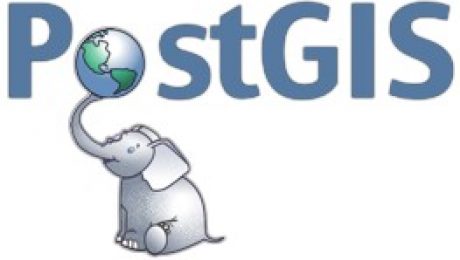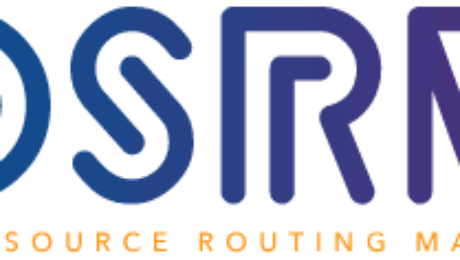ALL ABOARD! JOIN THE GIS-OPS COMMUNITY
Learn how to set up automated tests for your QGIS plugin to avoid frustration of your future self, plugin users and the general community. It's an often overlooked part of plugin development, yet a very crucial one. Read this tutorial to see it's really not that painful. Includes the setup of Github Actions to run your tests on every push/pull request.
Together with Nordex Energy, one of the world's largest wind turbine manufacturers, we were given the task to automate the planning of roads to connect the wind turbines to each other. In this article we will focus on the problem itself, the approach we decided to take and the challenges we encountered along the way.
Learn how to set up automated tests for your QGIS plugin to avoid frustration of your future self, plugin users and the general community. It's an often overlooked part of plugin development, yet a very crucial one. Read this tutorial to see it's really not that painful. Includes the setup of Github Actions to run your tests on every push/pull request.
- 1
- 2


![flask-1180×590[1]](https://gis-ops.com/wp-content/uploads/2020/01/flask-1180x5901-1-460x260_c.png)



